The Pergola Community Arts Space, designed by CLUSTER (Cairo Lab for Urban Studies, Training and Environmental Research) in collaboration with THISS Studio and Orient Productions, stands as a vibrant testament to community-driven urban renewal in Cairo. Located in Agouza Children’s Park—one of the few remaining green spaces in the city—the project introduces a striking ten-meter-tall red structure near the Nile River. It serves as both a cultural landmark and a social platform, reclaiming public space from commercial encroachment and advocating for an inclusive, sustainable urban vision. Pergola redefines how design can act as a tool of resistance, challenging the rapid gentrification and privatization that increasingly threaten Cairo’s public parks and community areas.
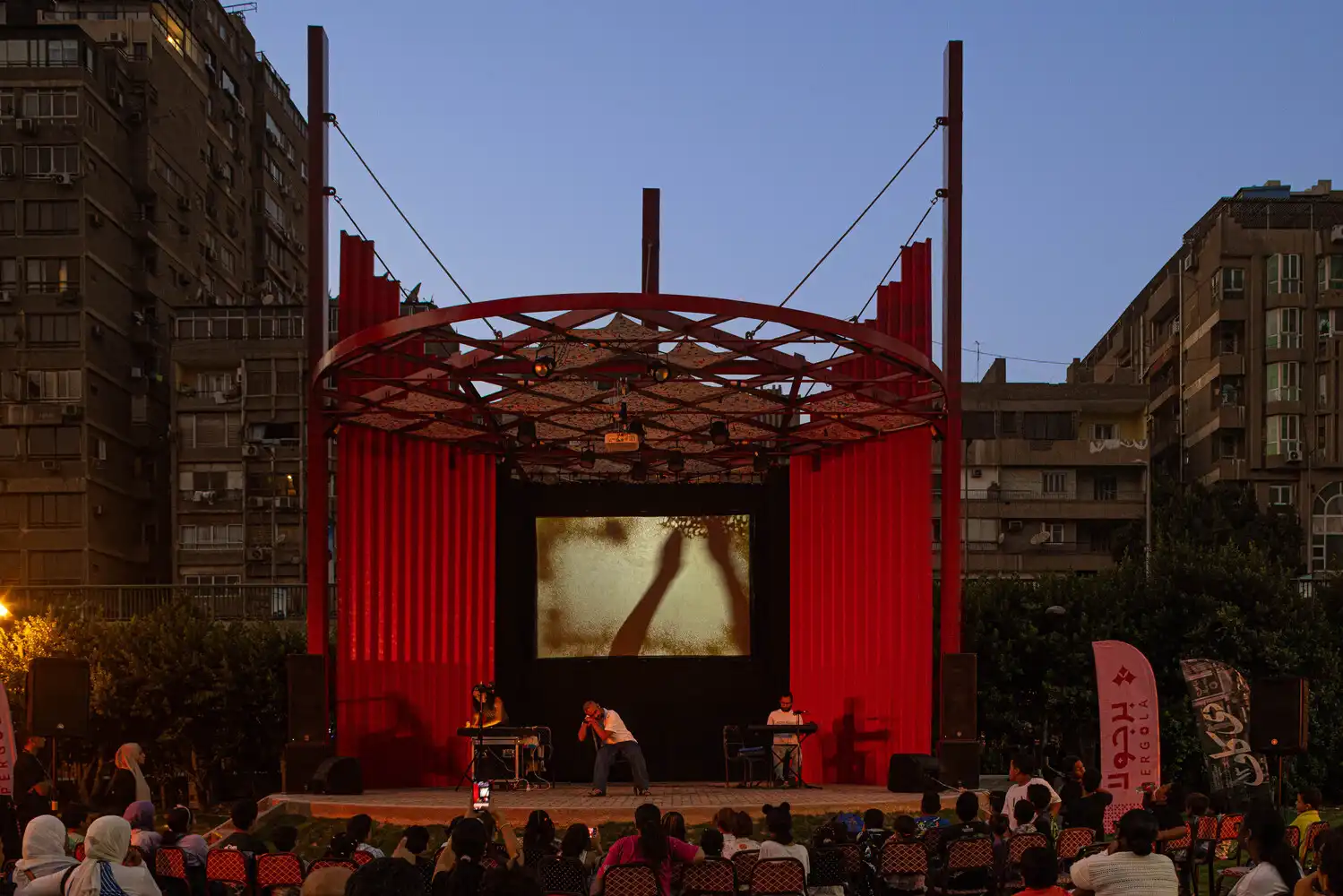
Architectural Concept and Urban Vision
Pergola’s design was inspired by traditional public bandstands, structures once central to community gatherings and open-air performances. The architects sought to reinterpret this typology for the 21st century, creating a flexible outdoor pavilion that could serve both cultural and recreational purposes. Conceived as an extension of CLUSTER’s earlier Along-the-Line project, the structure continues the organization’s mission to reclaim contested urban sites through participatory and environmentally conscious design.
The concept of Pergola transcends architecture—it represents a form of urban activism. Rather than being a fixed monument, it is a living, adaptable framework designed for public engagement, artistic expression, and environmental awareness. By creating a platform for performances, workshops, and gatherings, Pergola actively reconnects citizens with public space, offering an antidote to the privatized developments that dominate Cairo’s urban landscape.
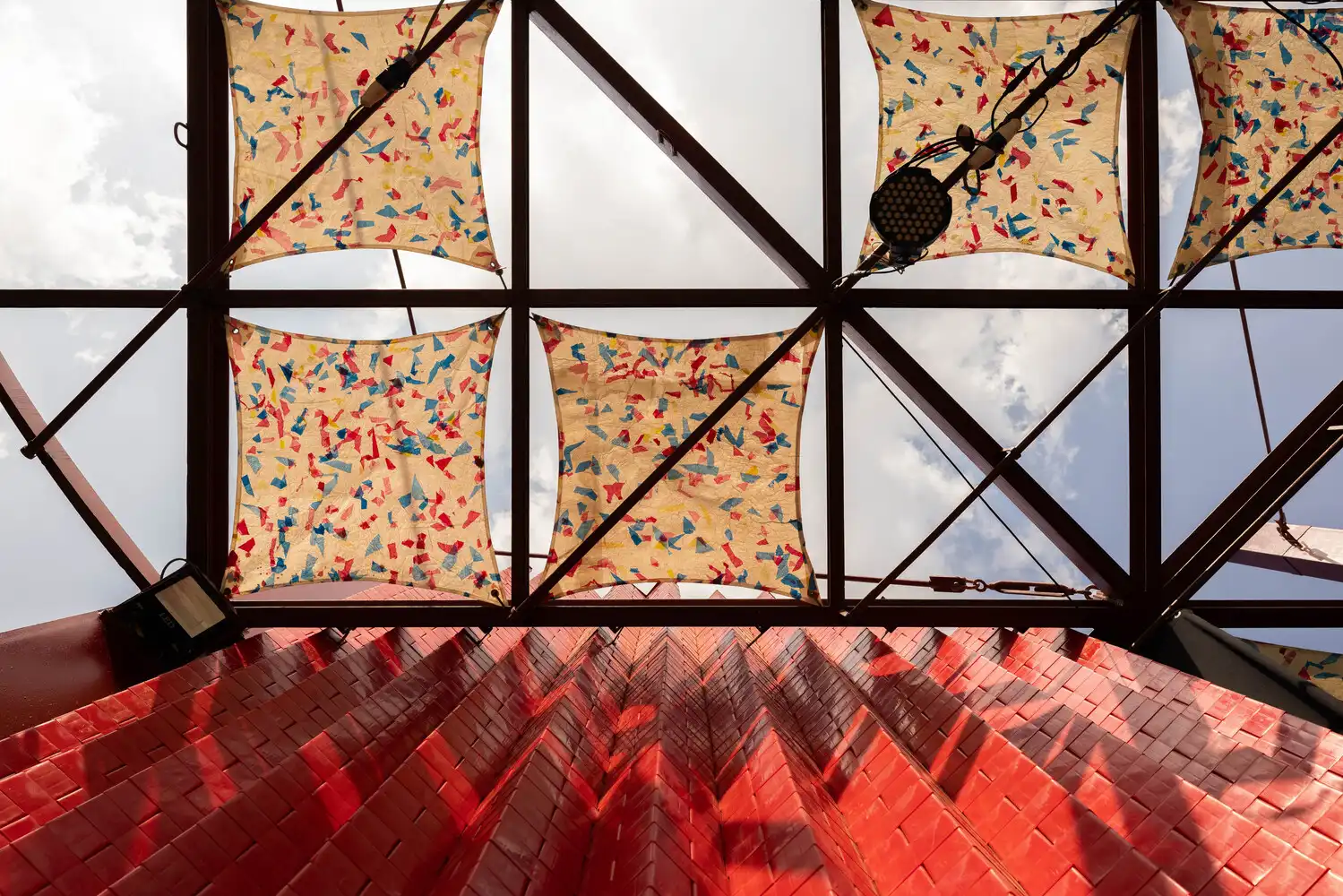
Adaptable Design and Community Use
At its core, Pergola was envisioned as a dynamic and multifunctional structure. Its open and adaptable layout allows it to shift effortlessly between active and passive uses. Equipped with lighting rigs, speakers, and a secure backstage area, it hosts concerts, film screenings, and community events. On quieter days, it transforms into a shaded pavilion where locals can sit, relax, or enjoy swings suspended beneath the canopy—creating an atmosphere of shared belonging and joy.
The design acknowledges Cairo’s harsh climate by providing ample shading and natural ventilation, ensuring comfort throughout the year. This dual-purpose nature—serving both as a cultural stage and a community retreat—reflects a thoughtful understanding of how architecture can foster social interaction and nurture a sense of ownership among residents.
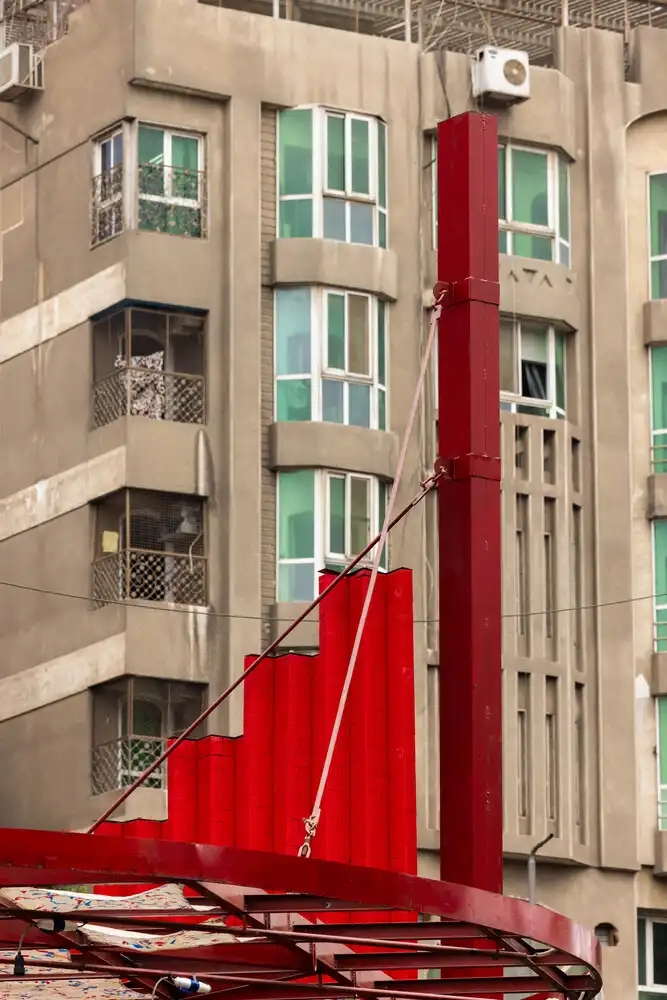
Sustainable Construction and Material Innovation
One of Pergola’s most powerful statements lies in its materiality. Aside from its steel framework, the structure is constructed almost entirely from recycled plastic waste, sourced from the Nile River and local construction sites. The project collaborated with pioneering Egyptian recycling initiatives—TileGreen, Reblox, and VeryNile—to demonstrate how sustainable materials can be integrated into architectural practice at a meaningful scale.
This approach not only addresses Cairo’s ongoing waste management crisis but also promotes a circular construction model within the region. Pergola’s vivid red color, both symbolic and functional, ensures it stands out against the city’s grey skyline while drawing attention to the potential of eco-conscious design as a force for urban transformation.
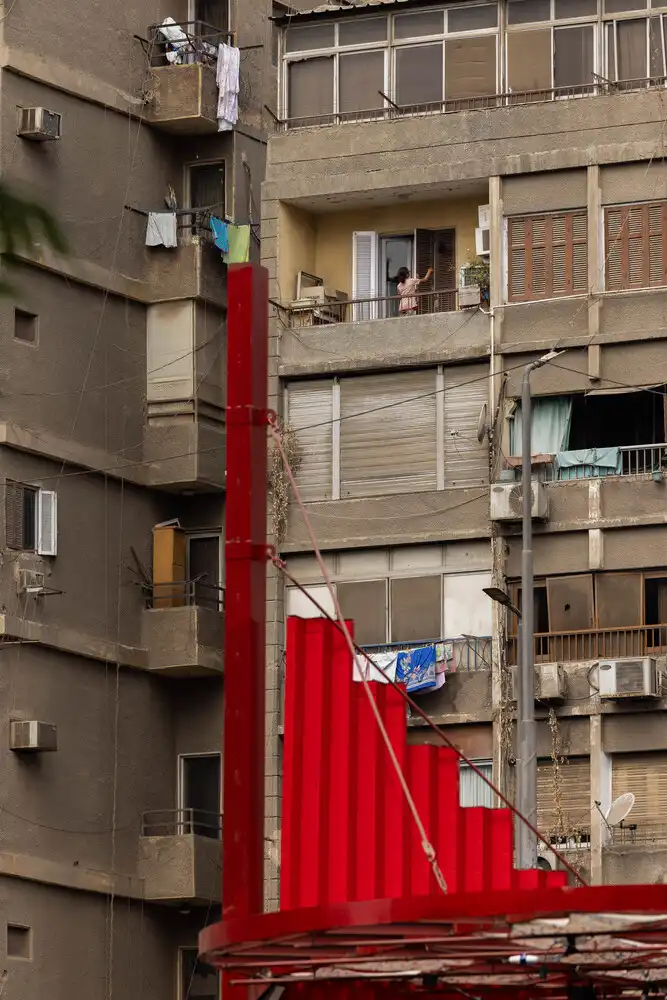
Cultural Programming and Social Impact
Pergola is far more than an architectural installation—it is a living cultural platform. Through a six-month program curated by Orient Productions, the venue hosts free public events focused on sustainability, community, and cultural expression. Performances include folklore concerts, dance shows, film screenings, and children’s activities, inviting diverse audiences to engage with art and reflect on their relationship with the city.
This initiative strengthens the park’s existing community while drawing new visitors from across Cairo, reinforcing the project’s goal of revitalizing local cultural life. By situating art within everyday public space, Pergola challenges the notion that culture must be confined to galleries or exclusive venues. It celebrates inclusivity, accessibility, and the collective creation of cultural value.
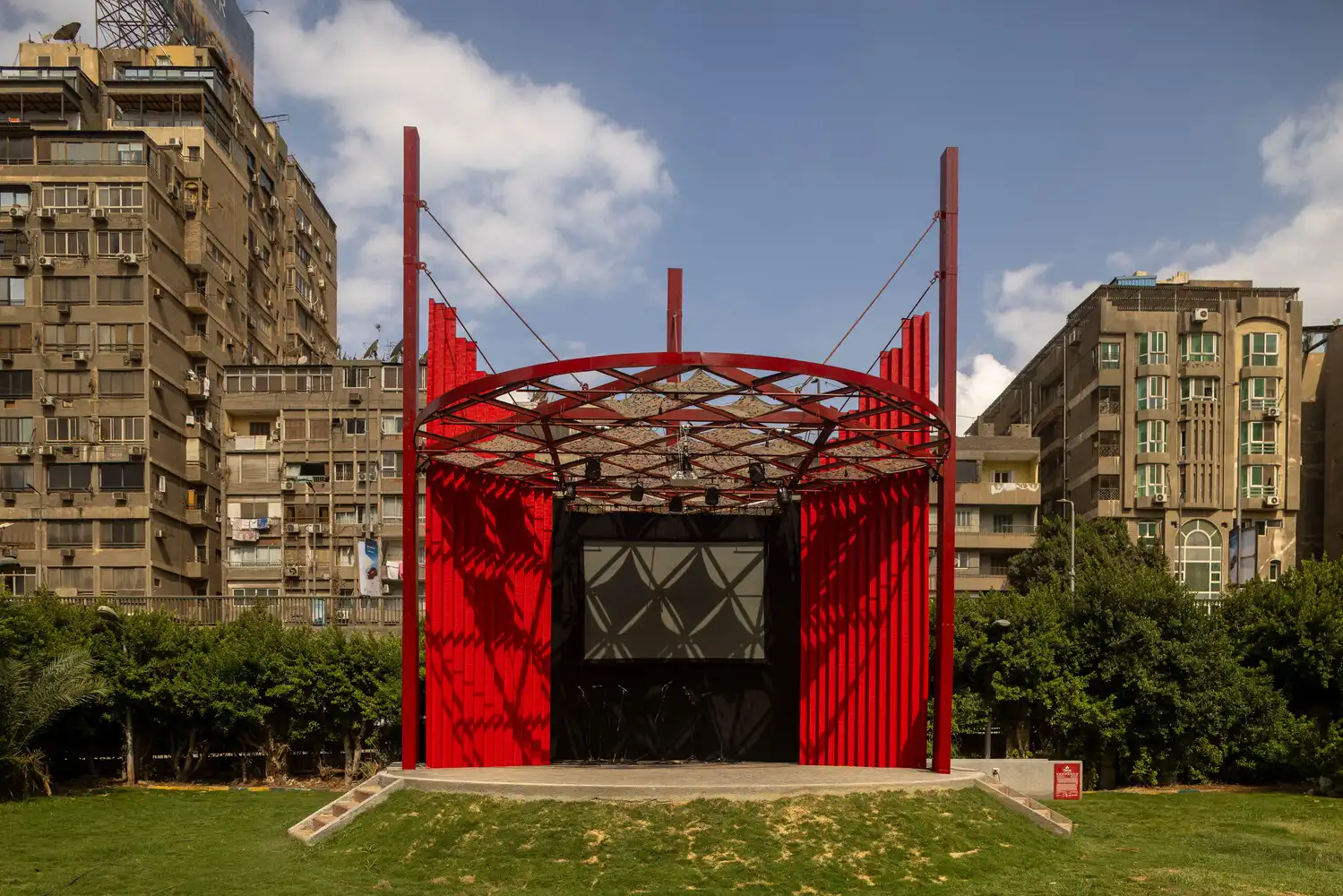
Collaboration and Community Engagement
The creation of Pergola was the result of deep collaboration and community participation. CLUSTER and THISS Studio brought together local residents, students, designers, and park stakeholders in a week-long co-design workshop in Cairo. Through model-building, dialogue, and public consultation, the design evolved organically over six months, ensuring that the final outcome reflected the community’s aspirations and cultural context.
This participatory process not only fostered local ownership but also demonstrated how international design expertise and local knowledge can merge to create architecture rooted in its place. For THISS Studio, the project became a learning model for applying sustainable material practices beyond Europe, adapting them to Cairo’s environmental and social realities.
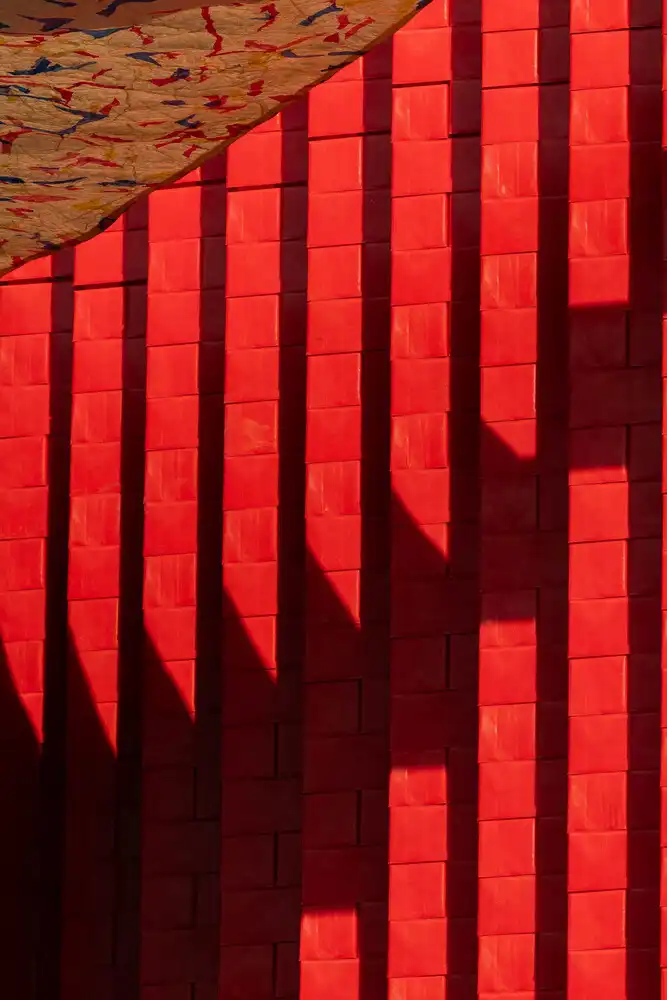
A Landmark of Sustainability and Resistance
Funded by Art Jameel and the British Council, Pergola forms part of a larger regional initiative promoting cultural infrastructure in the Middle East. Yet its local impact extends far beyond its scale. As a visible red landmark along the Nile, it boldly asserts the value of community-driven design in a rapidly changing city.
Pergola embodies the idea that architecture can do more than shelter—it can provoke dialogue, inspire collective action, and safeguard cultural identity. In a metropolis where public spaces are shrinking, this project offers hope and proof that creative collaboration can reclaim and revive the urban commons. It stands as a symbol of Cairo’s resilience, imagination, and enduring connection between people, place, and art.
Photography: Georges & Samuel Mohsen – The GS Studio
- Adaptive pavilion design
- Cairo architecture
- Circular construction model
- CLUSTER
- community engagement in architecture
- community-driven design
- Cultural infrastructure
- eco-conscious design
- Environmental awareness
- Nile River projects
- Participatory design
- Pergola Community Arts Space
- Public art installations
- public space design
- Recycled materials in construction
- Red steel structure
- Social architecture
- Sustainable Architecture
- THISS Studio
- Urban renewal


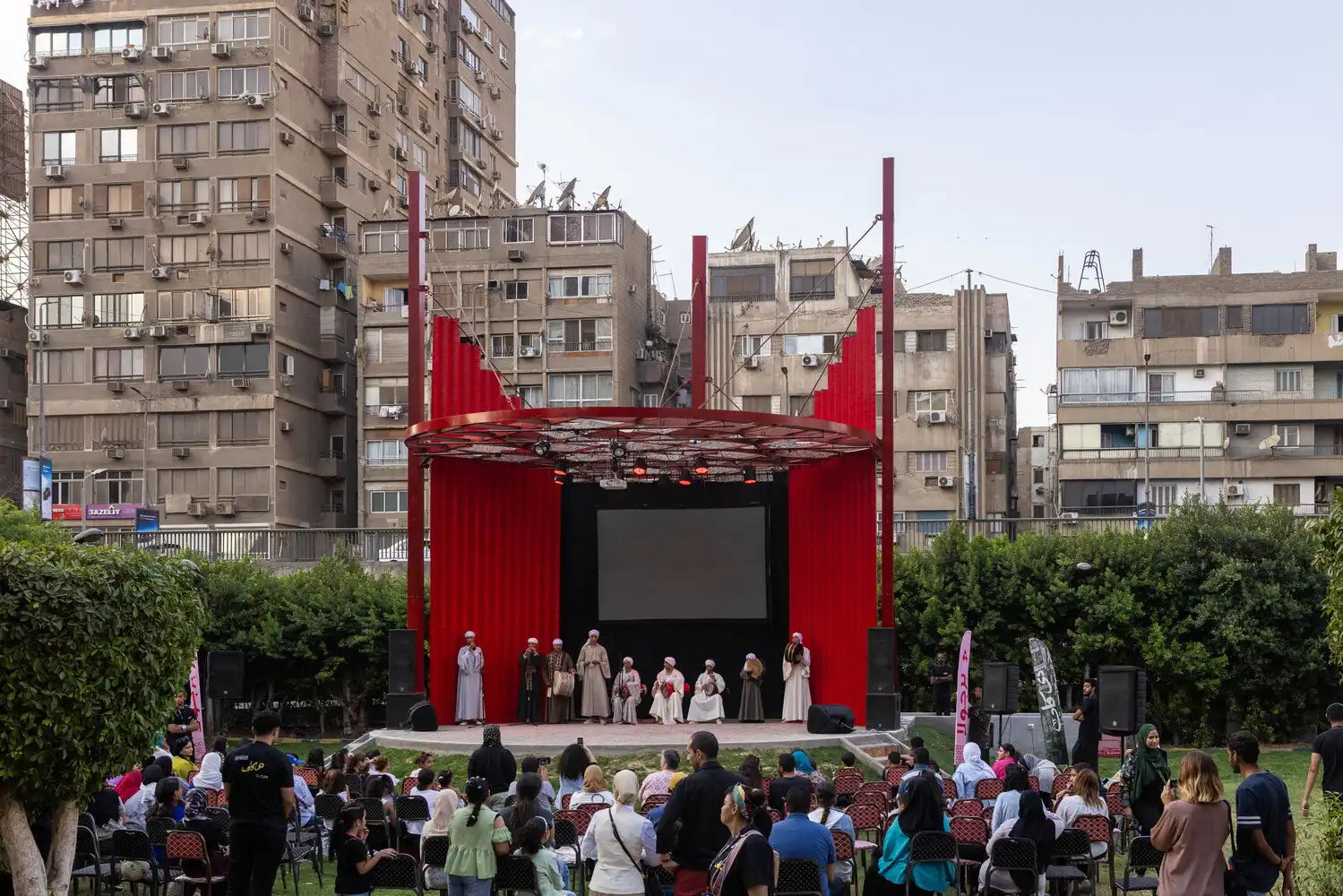
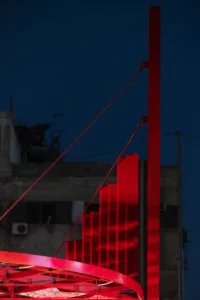


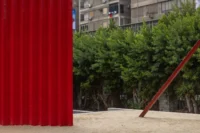
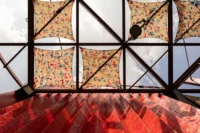

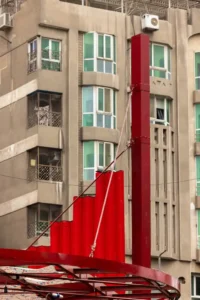
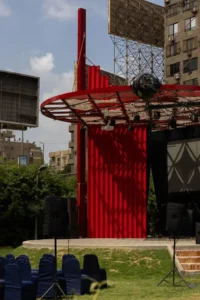
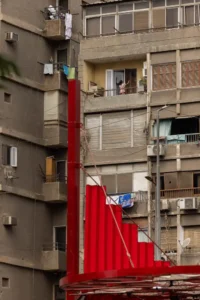
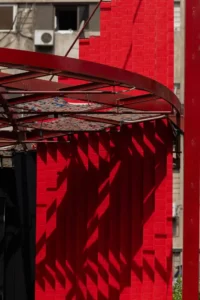

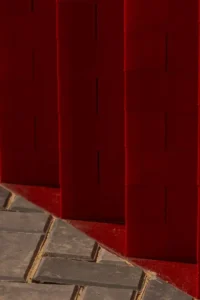
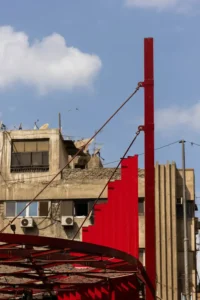

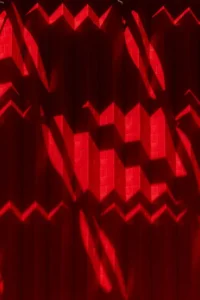
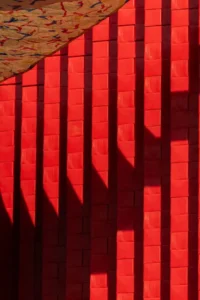
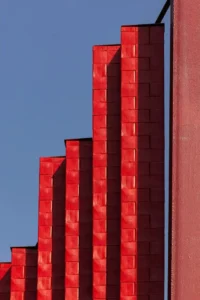
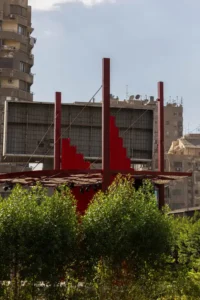
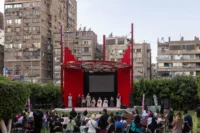
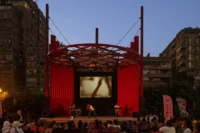
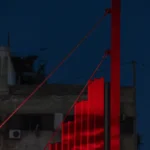
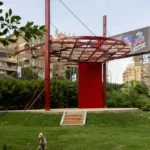
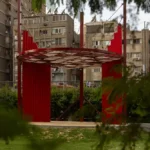

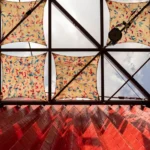


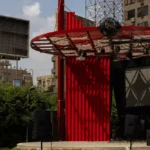
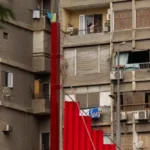
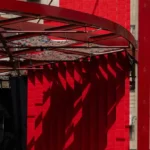
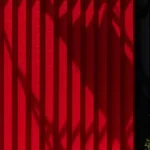
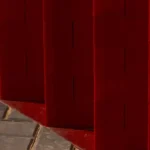
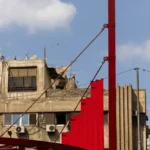
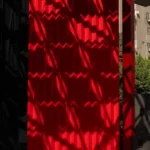
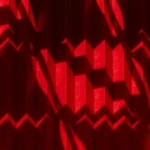

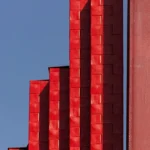
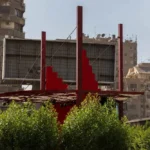
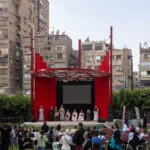
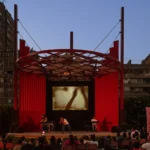
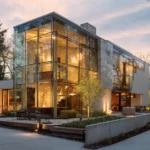

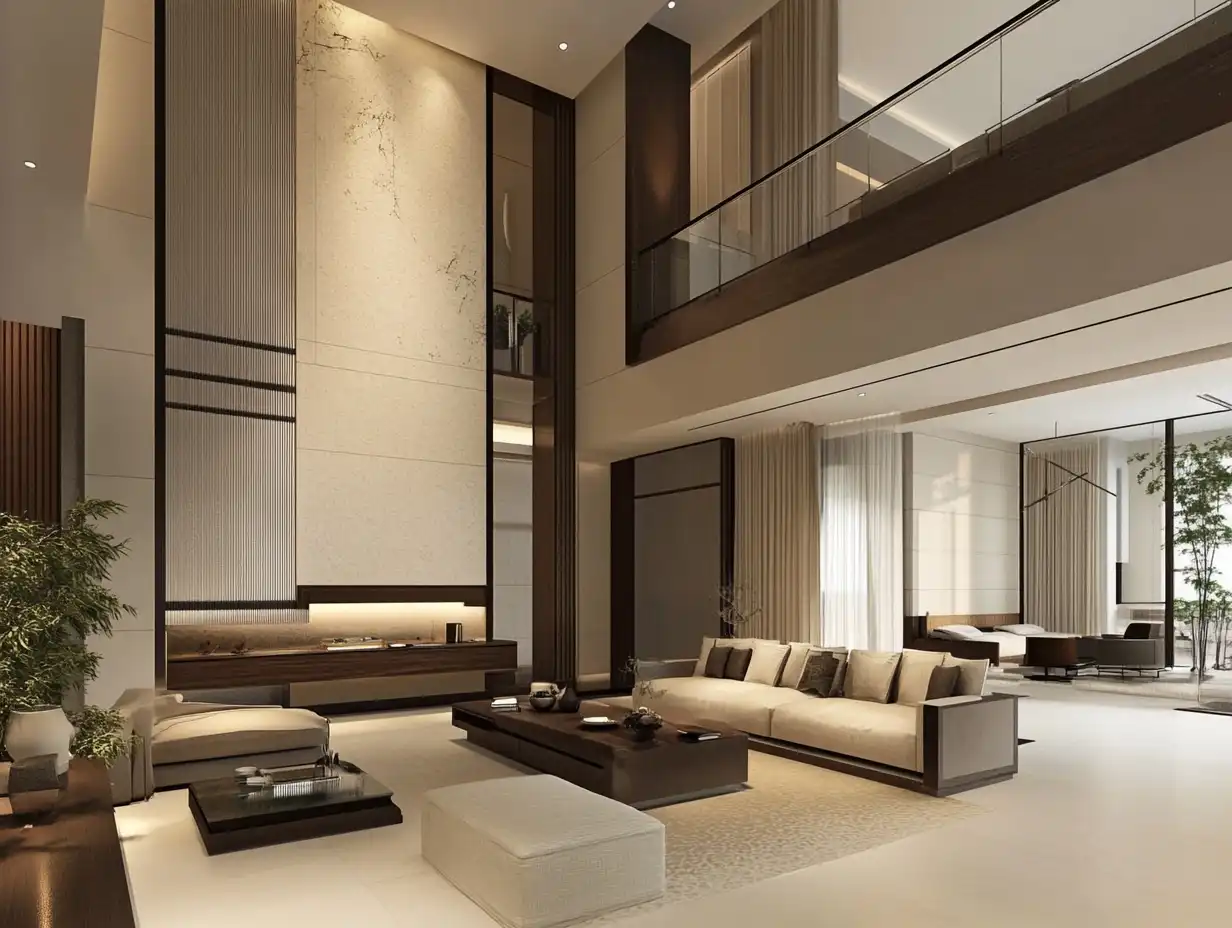



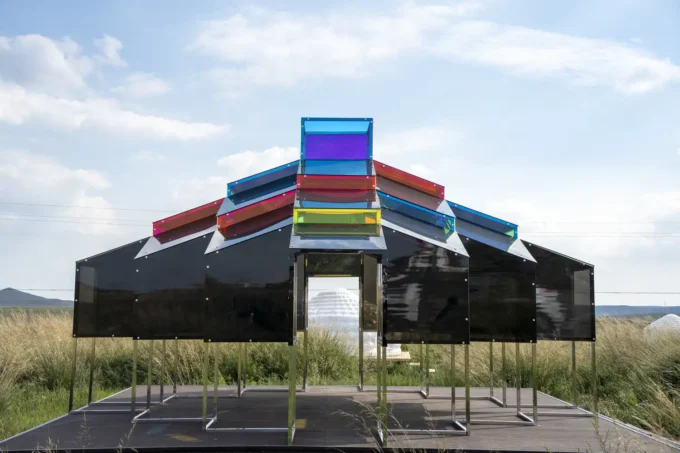





Leave a comment